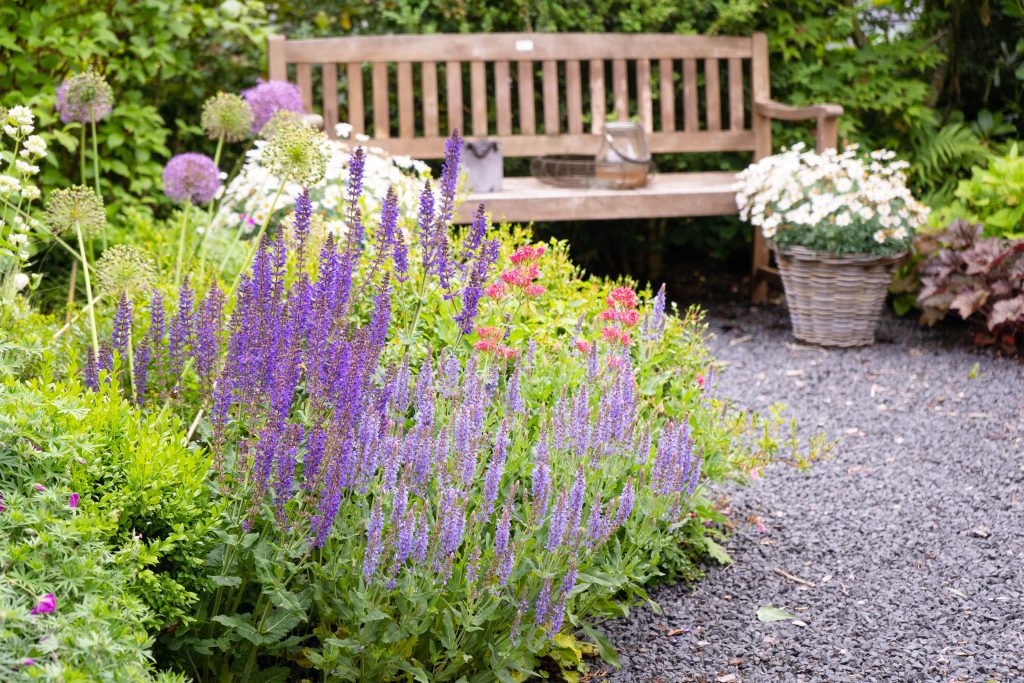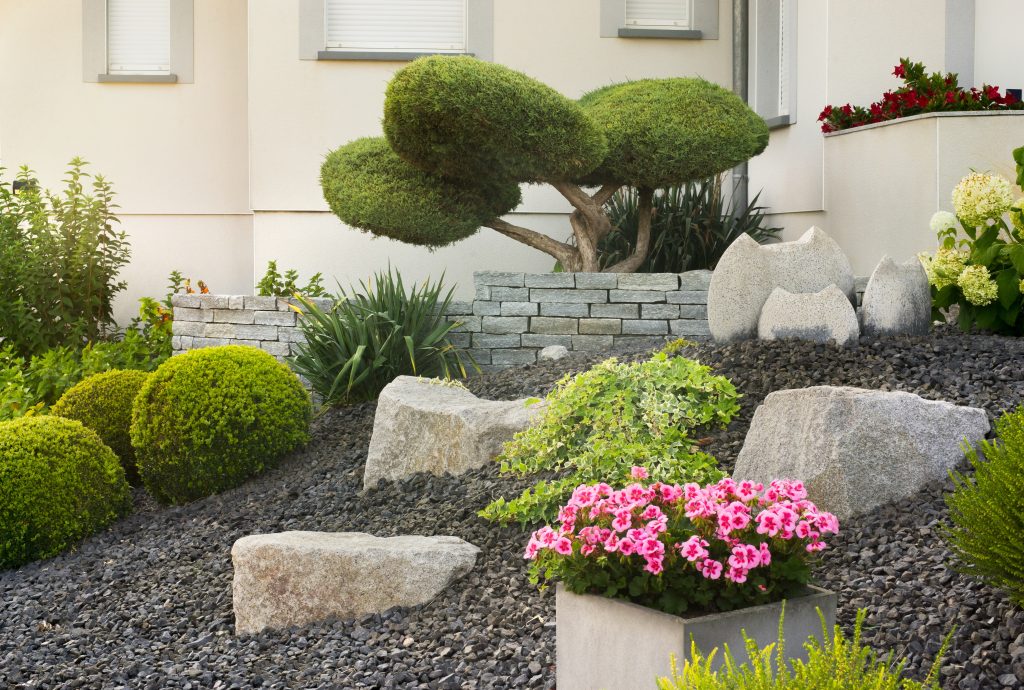Crafting a Sustainable Oasis: The Art of Building a Low-Water Gravel Garden
In the quest for sustainable and water-efficient landscaping solutions, the gravel garden stands out as a revolutionary concept. This approach, which aligns perfectly with the current environmental focus, minimizes water usage while providing an aesthetically pleasing outdoor space.

The Essence of Gravel Gardens
At its core, a gravel garden is a landscape design that primarily employs gravel as its top layer, interspersed with plants that are naturally drought-resistant and favor well-draining environments. This style is rooted in the gardening traditions of arid areas, where water conservation is essential.
Benefits of Gravel Gardens
The most notable benefit of a gravel garden is its low requirement for water, a stark contrast to conventional gardens. These gardens also demand less upkeep, are resilient against weed proliferation, and offer a haven for local wildlife and beneficial insects.
Designing Your Gravel Garden
Selecting the Site: Opt for an area that receives ample sunlight, as sun-loving plants typically populate these gardens. The garden’s size can vary to suit your space.
Soil Configuration: Good drainage is key. Amend the soil with gritty sand or organic material to enhance permeability.
Plant Selection: Focus on selecting plants that are naturally adapted to dry conditions, such as cacti, aromatic herbs like rosemary, and various perennial grasses. Embracing native flora is also beneficial for local ecosystems.
Choosing Your Gravel: The gravel should harmonize with the overall look of your garden and home. The size and color of the stones can drastically alter the garden’s appearance.
Setting Up Your Garden
Weed Control Layer: Start by laying a breathable fabric to deter weeds while allowing moisture and air to circulate.
Plant Placement: Arrange your chosen plants thoughtfully, allowing enough room for growth.
Spreading Gravel: Cover the area with an even layer of gravel, making sure it’s thick enough to suppress weeds but not so dense as to hinder plant development.
Ongoing Care
While gravel gardens are easier to maintain than traditional gardens, they still require some care. Regular weeding, especially initially, is important. Also, be prepared to water the plants occasionally during extended dry periods.
Eco-Friendly Impact
Gravel gardens are a testament to responsible gardening, significantly cutting down water use. They also diminish the need for harmful chemicals, as the flora used tends to be robust and disease-resistant.

Wrapping Up
A gravel garden is more than an aesthetic enhancement to your outdoor space; it represents a commitment to eco-conscious gardening practices. It offers a unique opportunity for gardeners at all levels to create a striking, low-maintenance garden that aligns with the principles of environmental stewardship. By adopting this approach, you can enjoy a serene garden space that harmonizes with nature’s resources.
